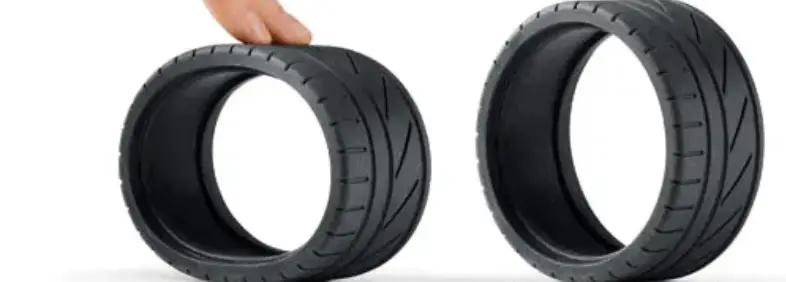Cart
3D printing in TPU RESIN
Flexible TPU resin (thermoplastic polyurethane) is a popular material in 3D printing using SLA, known for its elasticity and versatility. This resin is ideal for creating parts that require flexibility and durability, thanks to its ability to withstand deformation without breaking and its excellent wear resistance. In addition, TPU allows for the creation of precise details and smooth finishes, making it perfect for applications that demand a high level of aesthetic quality.
Its combination of flexibility and strength makes it ideal for functional prototypes and customizable accessories that require both performance and comfort.




